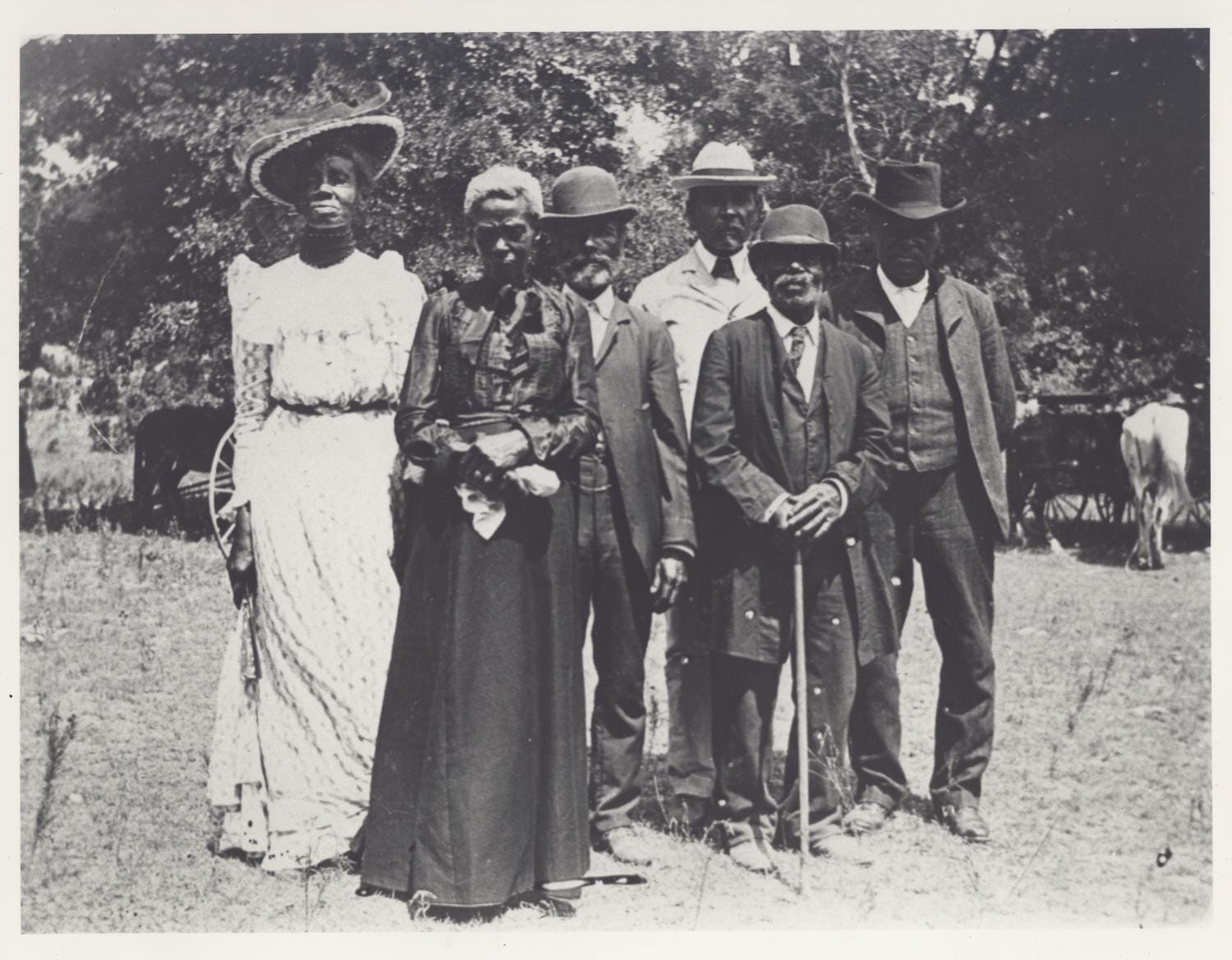
The Paris climate strategy: how our forests fit in
The Paris climate strategy: how our forests fit in
It doesn’t take a diplomat to recognize that it’s rare for 195 countries to agree on anything, much less on a subject as thorny as carbon emissions. So the outcome of the Paris Climate Change Conference—an agreement to try and hold warming to 2°C or less—is literally a big deal.
The new accord says that renewable energy is only one part of the climate solution: it’s not enough to put less carbon into the atmosphere—we’ve also got to take more out. Many”negative emissions technologies” are complicated and unproven. But one of the most powerful carbon-scrubbing tools available is something you can probably find in your backyard or neighborhood park.

More than past agreements (like the Kyoto protocol back in 1992), the Paris accord emphasizes trees—and not just in tropical rainforests like the Amazon. In the United States, too, a strategy to curb climate change includes a big role for forests past, present, and future.
Boosting reforestation efforts where trees used to grow. Once, the United States had its own Amazon: a 20-million-acre forest around the lower Mississippi River. Today, less than a quarter of that remains—but conservationists are working to bring it back. In the forest-friendly soil of the Tensas River National Wildlife Refuge in Louisiana, for example, The Trust for Public Land has replanted millions of native trees to capture and store carbon.
Keeping existing forests standing—and healthy. American forests are a carbon sink, capturing up to 15 percent of emissions every year. But productive land is lost to development daily, and as temperatures rise, forests become more susceptible to fire, pests, and disease. It’ll take research and hands-on management—including sustainable timber harvesting—to keep this critical “green infrastructure” in good working condition.
Planting new trees in cities. The Paris conference was a meeting of nations, but it also included more than a thousand mayors. That’s because there’s lots to be done on a city level: for starters, planting trees. On top of capturing and storing carbon (like any forest), tree cover in urban areas reduces the heat island effect, helping protect cities’ most vulnerable residents. (Learn more about how cities can combat climate change in Survive and Thrive — an in-depth look at The Trust for Public Land’s Climate-Smart Cities™ program in the latest issue of Land&People magazine).

Of course, the Paris agreement is just a start: there are still lots of questions about what it will take to keep warming to 2°C. But Jad Daley, The Trust for Public Land’s director of climate conservation, says the new focus on the world’s forests is a good start. “The key thing to take away is that this is real hope,” he says, “a rebuttal to the notion that climate action will forever be ‘too little, too late.'”
Rising temperatures, bigger storms, and asphalt schoolyards pose significant risks during recess. Urge Congress to prioritize schoolyards that cool neighborhoods, manage stormwater, and provide opportunities for kids to connect with nature today!


Donate to become a member, and you’ll receive a subscription to Land&People magazine, our biannual publication featuring exclusive, inspiring stories about our work connecting everyone to the outdoors.
See how our supporters are helping us connect people to the outdoors across the country.











